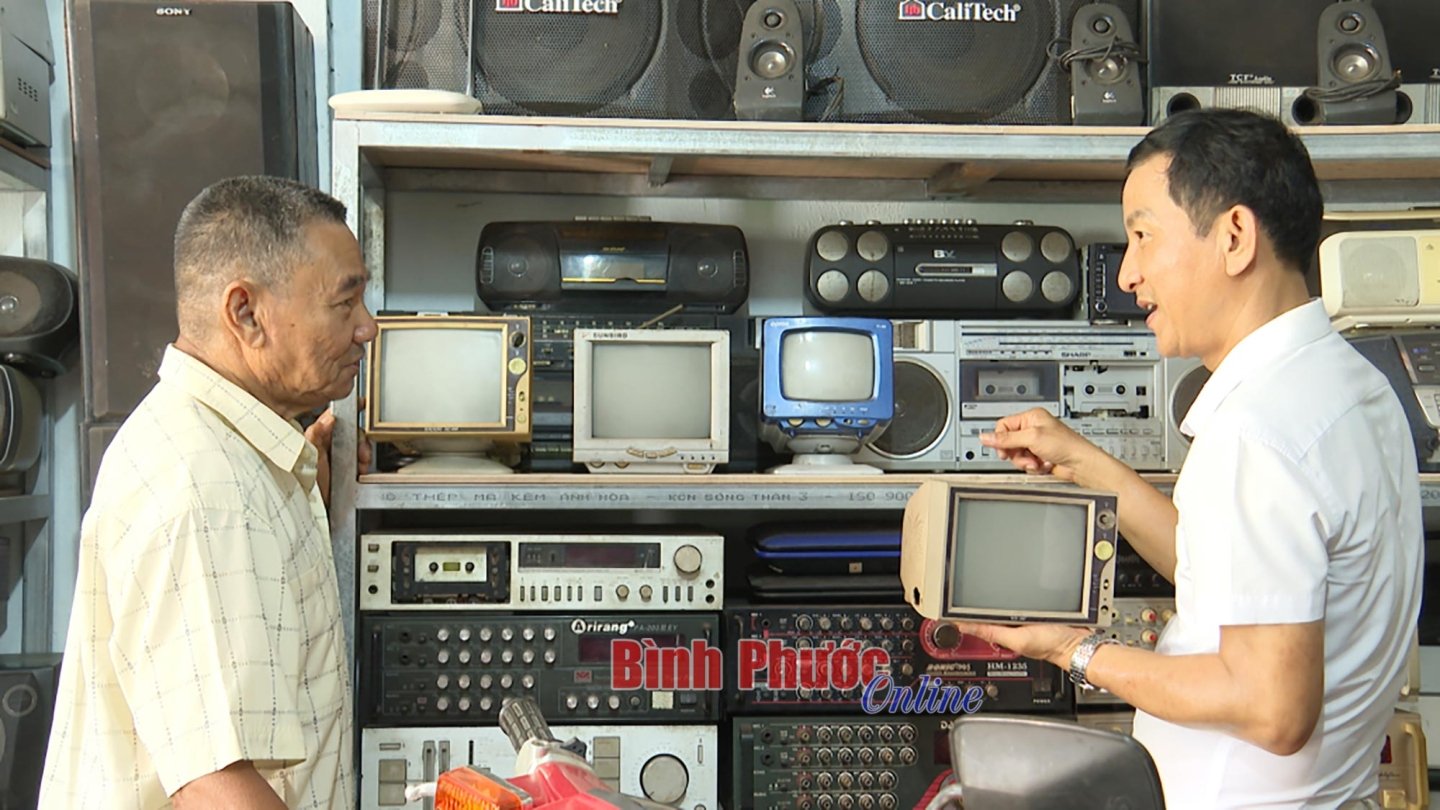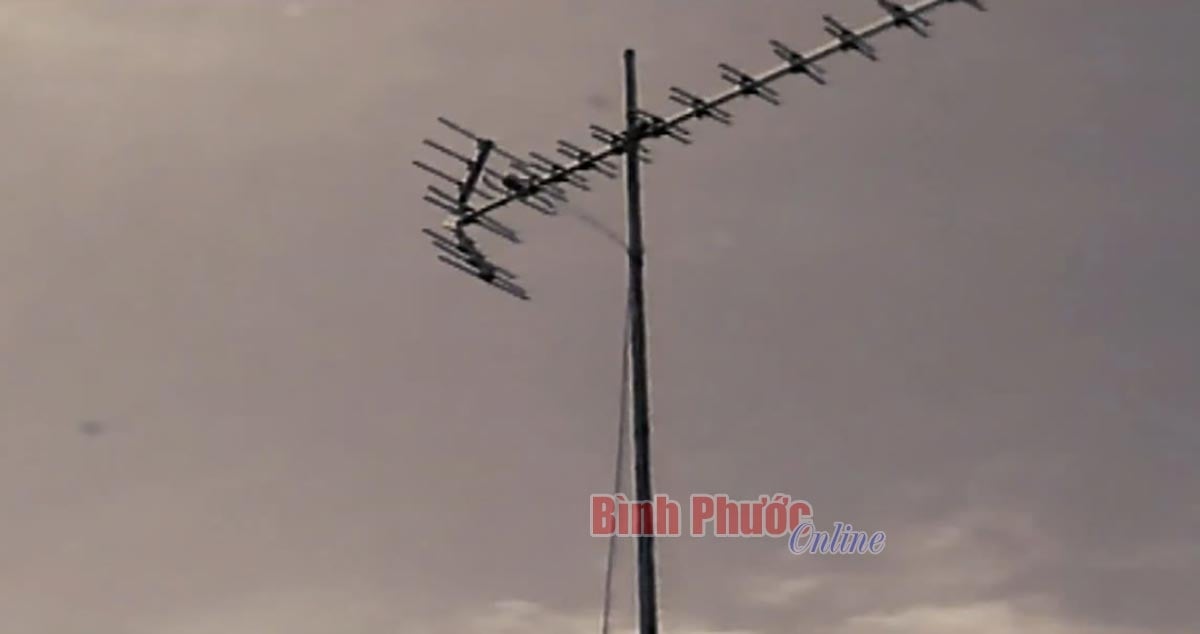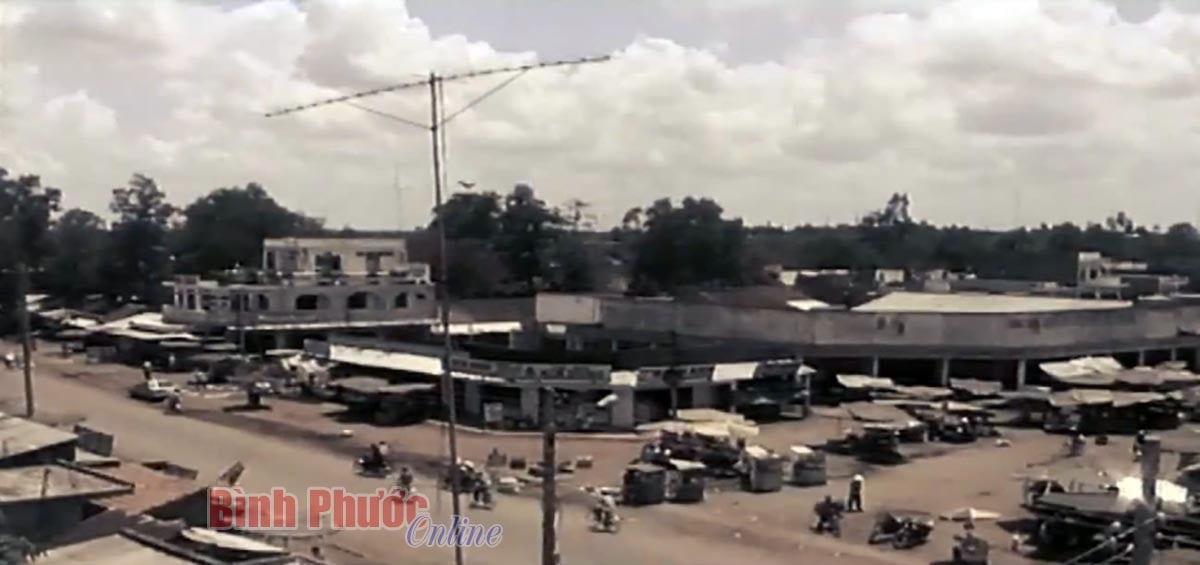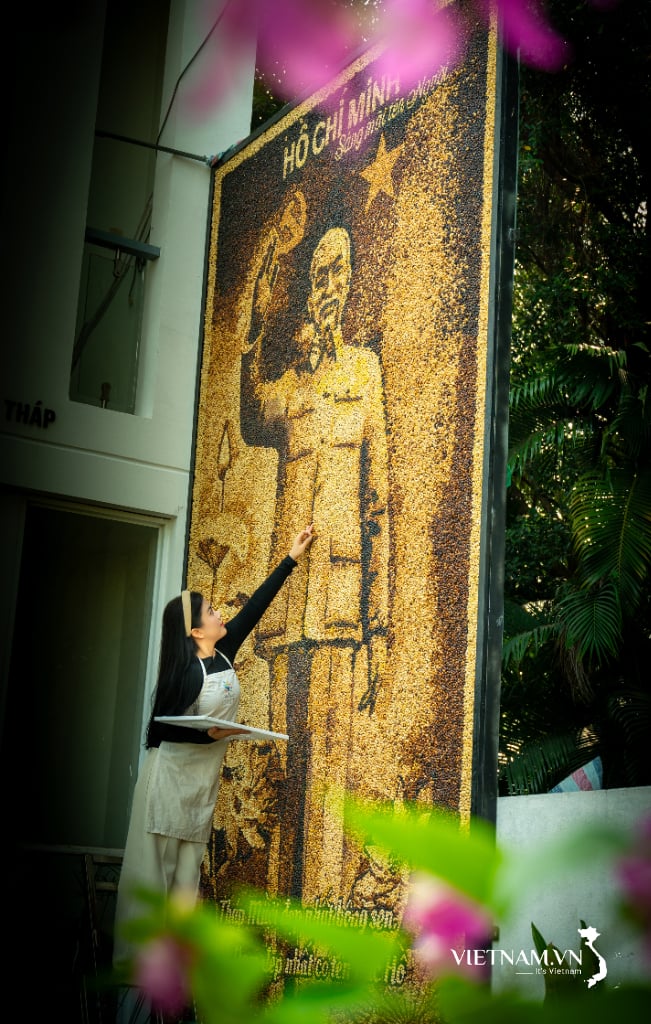From the "small but mighty" device
In the 1980s, the TV antenna on the roof of Vietnamese people was associated with many memorable memories. Everyone was amazed because with just a "small but powerful" wire, attached to a few devices hanging high on the roof, it could bring information, movies, music, and football to serve people. In 1987, Mr. Mai Xuan De in Thuan Tan hamlet, Thuan Loi commune, Dong Phu district was one of the first households to own a TV. The tiny square object could emit sound, images, and even classic World Cup football matches, becoming the center of the family and neighbors. Mr. De treasured it very much, placing the TV in the most prominent position in the middle of the family living room. “At that time, each neighborhood usually had only 1-2 households with televisions. My family also had a tiny one. Whenever there was a cải lương show or a soccer match, I had to carry the television out into the yard and place it on a high table so everyone could watch. The whole neighborhood gathered to watch, and it was very fun. We watched TV and chatted animatedly, so my house had the most guests in the neighborhood,” Mr. De shared.

At that time, Ms. Nguyen Tuyet Lan's family in Tan Binh Ward, Dong Xoai City also had to watch the neighbor's TV show. Whenever there was a reformed opera program or a movie, her family had to eat early to go and "reserve" a seat. Watching television, whether it was black and white or color, was precious. Everyone was concerned about whether the antenna could receive a signal or not, especially when the movie was at its climax. "I remember one day, the neighbor's TV was showing the reformed opera The Life of Miss Luu. While the mothers and aunts were sobbing because the character Luu was pregnant with Mr. Hai Thanh, the antenna was blown in the direction by the wind and lost the signal. Unfortunately, the homeowner knew how to adjust the antenna but was busy at that time, so the whole group rushed in, begging him to hurry up and turn the antenna so that everyone could continue watching" - Ms. Tuyet Lan recalled.
To the connecting thread of neighborly love and village love
At that time, a black and white TV was bought with a ton of rice, and to watch color TV, you had to spend a few taels of gold. Mr. Nguyen Van Tam's family in Tan Dong ward, Dong Xoai city was a rare household that could buy a color TV. The joy of having a color TV was great when children, elders and even young men and women came to watch it every day. Mr. Tam's family was even busier because he was an antique collector. He had many devices, and could renovate and upgrade antennas for surrounding households. "To have a stable TV signal, in addition to buying a good antenna with a suitable height, people at that time also thought of many ways to receive better signals, such as adding a bicycle rim, adding an aluminum wire... I am also an expert in upgrading antennas for neighbors" - Mr. Tam confided.

The widespread presence of aluminum antennas perched on poles or on people's roofs is a vivid proof of the prosperity of the people, because where there are many antennas, there is a good economic and spiritual life. "At that time, television was a testament to the prosperity of each family. Whoever had a color TV and a towering antenna on the roof, without asking, they were well-off. I liked the atmosphere of gathering together to watch TV the most. On stormy days, the TV signal was jammed and I couldn't watch it, I had to climb up to the roof to adjust the direction, while the person sitting below watched the screen and gave instructions "left, right..." - Mr. Le Hao in Tan Thien ward, Dong Xoai city recalled.
Memories of televisions and antennas still exist when family members are divided into factions. Women like to watch cải lương, while men want to watch football. Just like that, an invisible thread connects family and neighborhood affection, and many couples have become husband and wife from dates to watch television.

If the memories of television viewers in the past are black and white TVs with antennas connecting neighbors and village relationships, then for those working in television broadcasting, the tall antenna poles that carry the waves flying far away are always a source of pride. “How to give people a good signal to receive clear television and good radio sound is our constant concern. The former Song Be Radio Station, later Binh Phuoc Radio and Television Station and now Binh Phuoc Radio and Television and Newspaper Station (BPTV) has done this task well thanks to the project of reclamation and rock breaking to build a radio and television relay station on the top of Ba Ra Mountain. That great height is a huge advantage for BPTV in covering and serving the people, including families living in depressions” - Deputy Director - Deputy Editor-in-Chief of BPTV Cao Minh Truc proudly said.
Nowadays, the 4.0 industrial revolution has completely replaced traditional audio-visual methods. However, for many generations, black and white televisions and "sky-high" antennas and the time spent watching TV will surely remain forever in the minds of the audience and the beloved Song Be Television staff.
Source: https://baobinhphuoc.com.vn/news/636/173990/ang-ten-soi-day-ky-uc-ket-noi-nhieu-the-he

























































































Comment (0)